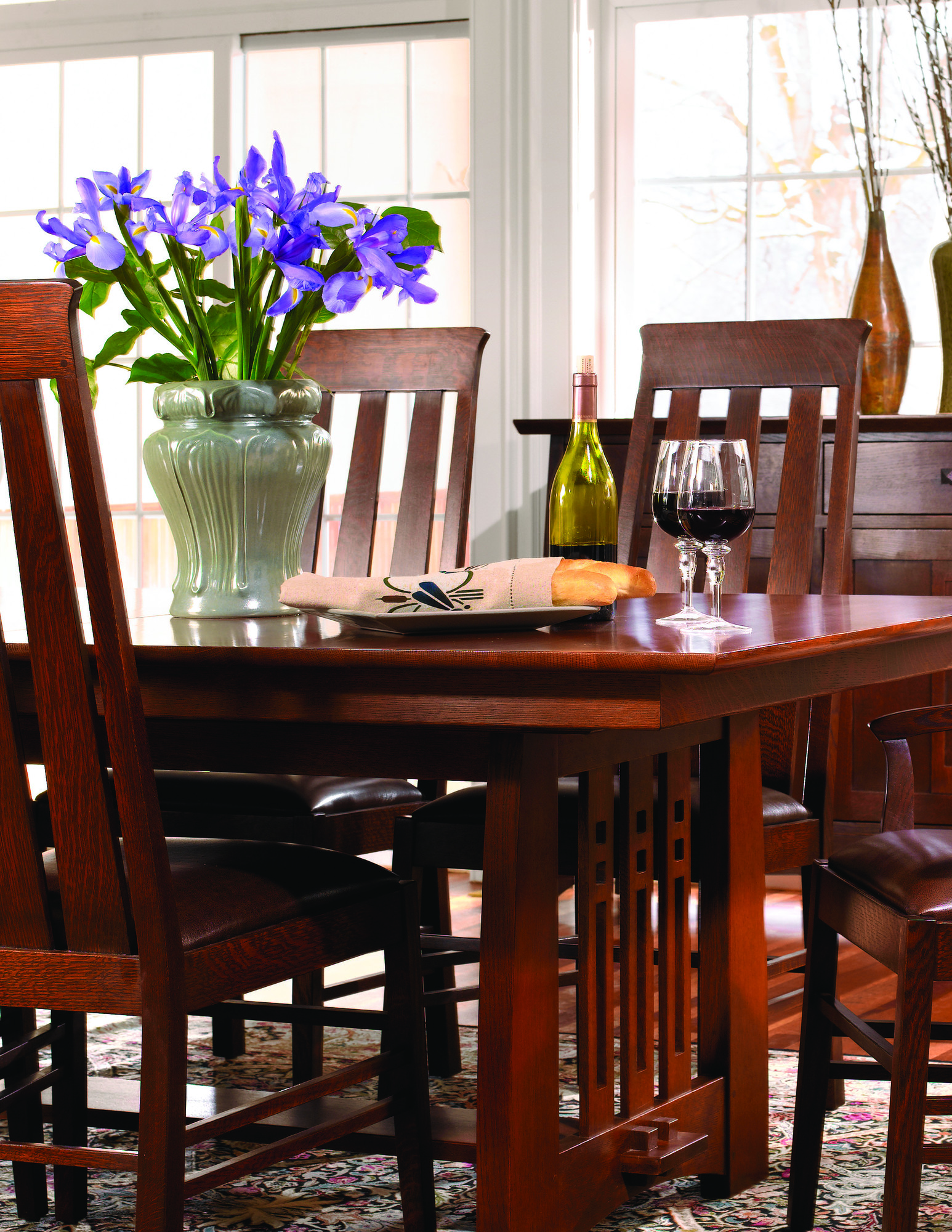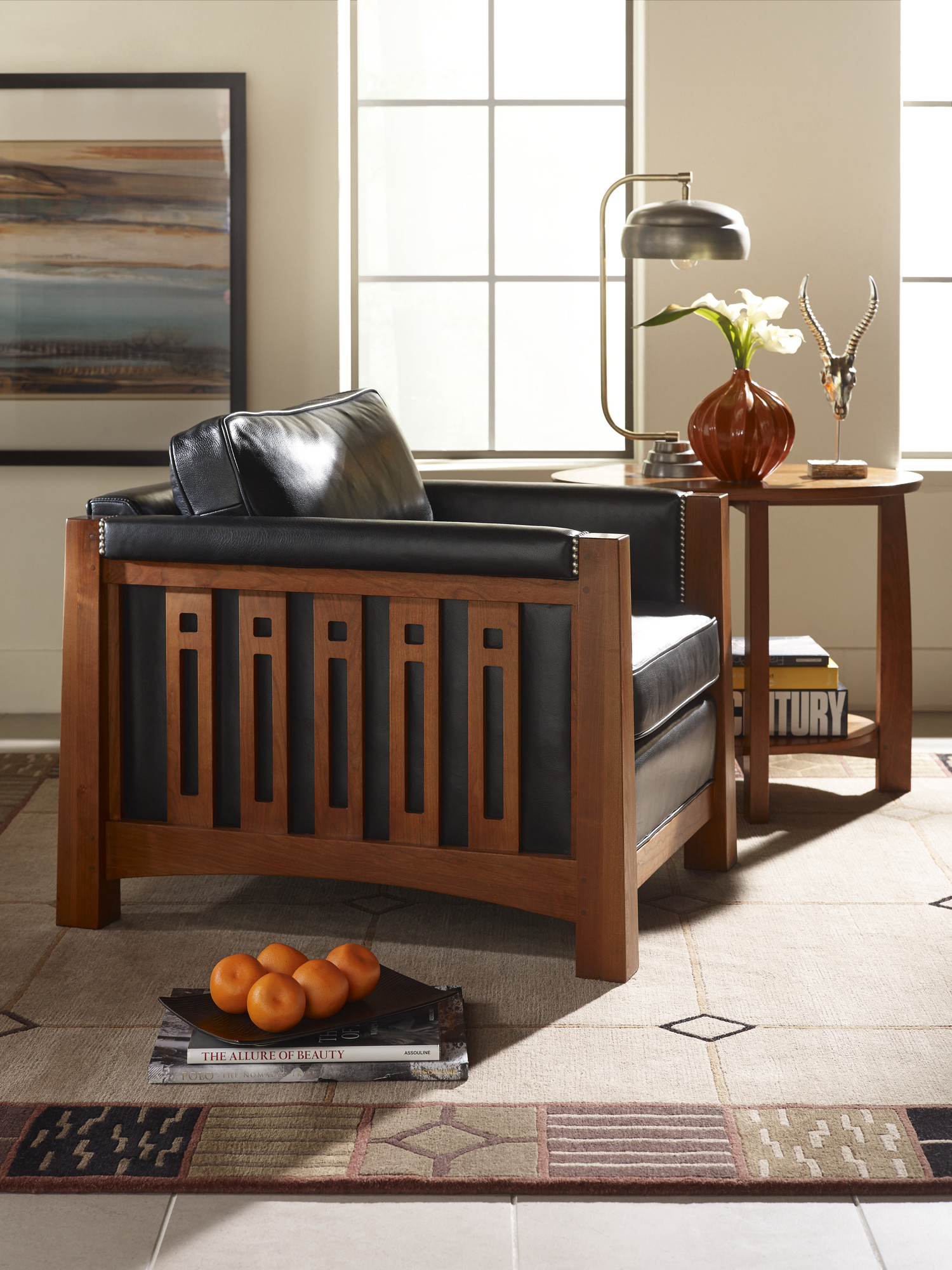Mission Vs Shaker Style: What's The Difference?
Mar 21st 2020

Furniture is an important aspect of home decor. Not only must it serve a functional purpose, but it should look good as well. Though there are many different styles of furniture available, two stand out above the rest due to their premium quality and commitment to craftsmanship: Shaker and Mission style. Their similar appearance and dedication to concurrent values can make them difficult to tell apart; let's take a look at some of the key differences between these two beautiful furniture fashions.
Shaker
The Shakers were originally a group of people who broke off from the more recognizable English Quakers. They came to the U.S. in the 1770s and settled into communities that followed strict rules which set them apart from the mainstream culture. Their furniture style is defined by the following characteristics:
- Tapering: This is used to keep furniture light so it can be easily moved when cleaning or not in use.
- Plain wood: The simple aesthetic of plain wood was used to showcase the overall functionality and durability of the piece.
- Wooden pulls: Wooden pulls allowed the artisan to rely on a single source for their materials and added to the simplicity of the piece.
Mission
Due to the rising demand for arts and crafts in the 19th century, mission furniture replaced shake furniture. Joseph McHugh, a New York furniture maker, released a line of rustic furniture featuring simple design elements for the Swedenborgian Church of the New Jerusalem in San Francisco, which many believed looked similar to Spanish missions that filled California at the time -- hence the name. By combining simple aesthetics with beautiful craftsmanship, mission style lighting, dressers, dining tables, and even entire living room sets became extremely popular. Mission furniture often possesses the following features:
- Parallel slats: Parallel slats, either on mission style living room furniture or bedposts, give the visual appearance of strength.
- Exposed joinery: By exposing the joints of a piece, it often looks more durable. It also adds an element of timeless beauty.
- Darker stains: Darker colors give the furniture a more ornamented, decorative appearance.
Whether you're interested in a mission style living room or simply want to add a single piece of furniture, you'll be able to pick the perfect fit for your home and your personal aesthetics.

